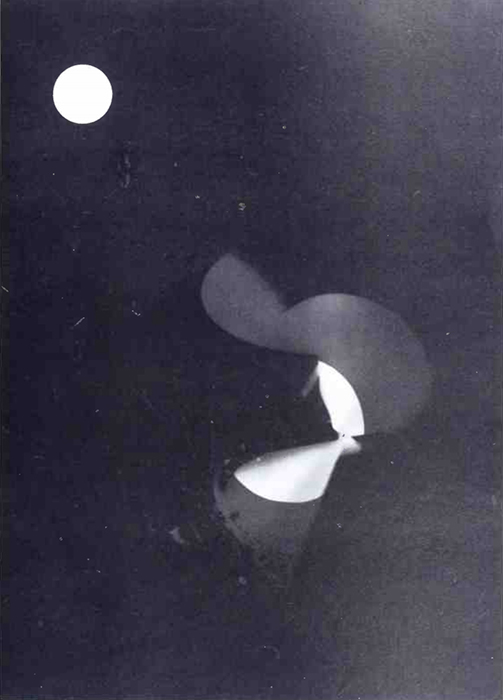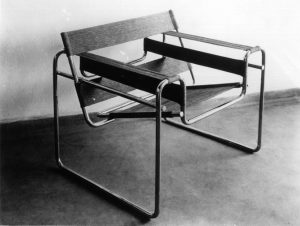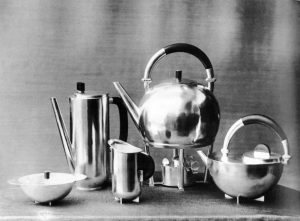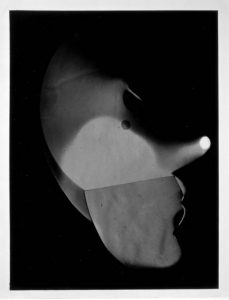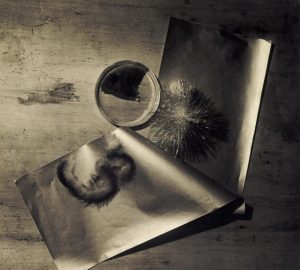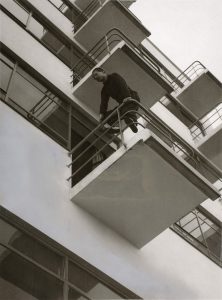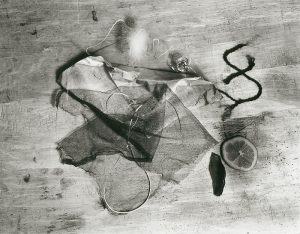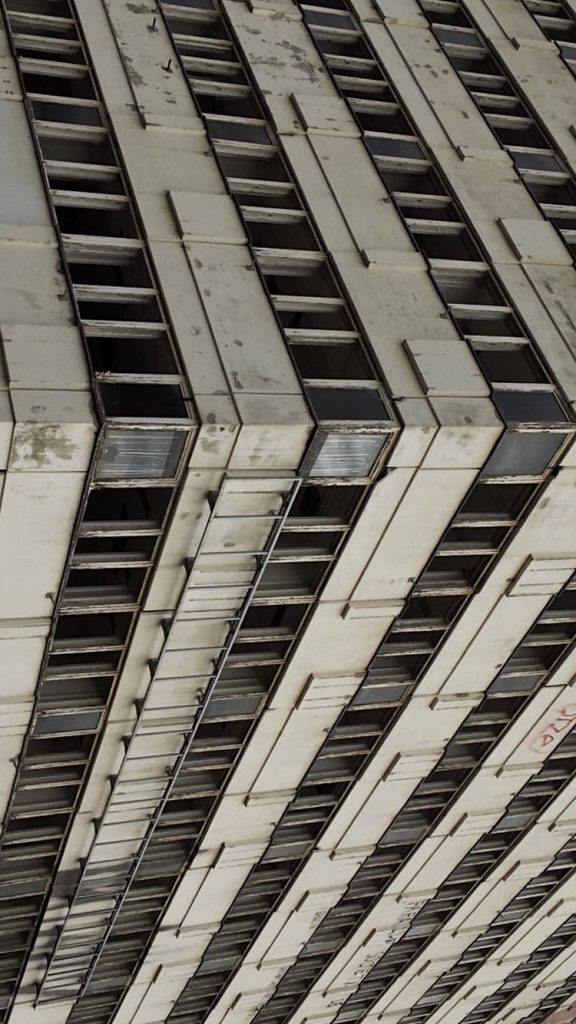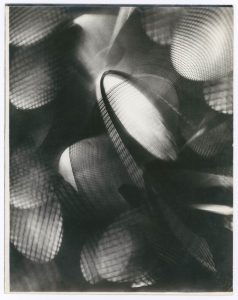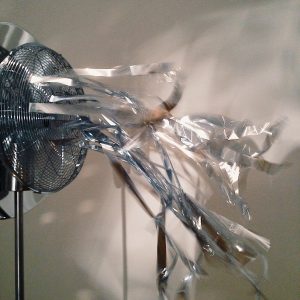I’ve always been very fond of the Bauhaus photography, or photography itself, so when we visited the Bauhaus exhibition in the Boijmans museum, all I really focused on was the photography. The way they use lightning (reflections) on different textures and materials, make the pictures look very beautiful and dreamy. The black and white effect and the high contrast in shade and light in the pictures also ad to the dreamlike feeling I get from the photographs.
So I immediately knew that I wanted to research the photography of Bauhaus. In this post I’m going to compare the Bauhaus Photographs with photographs of myself, as a Rietveld student, and see if there actually are any similarities between us.
First I researched how photography in the Bauhaus was. At the very beginning of Bauhaus they only used photography as a form of documentation for the architecture and art from Bauhaus, so it wasn’t actually seen as a form of art but only for practicality and publication. After that they were very experimental with the camera, they used new angles, new perspectives and new techniques. They got teatched to see with precision so they would be able to capture every detail of an object or texture. A big influence on this experimental phase was Laszlo Moholy-Nagy. He used unconventional and daring perspective, which defined a different relation between people and architecture. Moholy-Nagy inspired the Bauhaus students and teachers to a new way of experimentally exploring and making use of the camera’s potential. By this way, the students used photography as a means to discover themselves and their work. After the experimental phase they put more emphasis on product photography and got teaching in technical and aesthetic skills, which was a more school-like approach to photography.
For this part of the research I am going to search for photographs of my own, that are similar of that of the Bauhaus and compare the images.
What I noticed when I was scrolling through the photographs that I have taken, I see quite a lot of architectural photographs. In the Bauhaus theres a big range of architectural pictures as well. But there are some differences in the architectural pictures in Bauhaus and my architectural pictures. For example in Bauhaus they mainly made photographs of architecture as a form of documentation, to publish in a magazine or a book. Of course there were some photographers who didn’t just take pictures of architecture for that purpose but also in an aesthetic or formal way. What I find interesting when taking architectural photographs is zooming in on its structure and details, taking it out of its context and creating a new kind of space or environment. Hereby I try to stimulate the viewer to create their own context and let their imagination on the lose. A photograph that can be compared to mine is ‘Steps in the water’ (1930) by Kurt Kranz. Similar in our pictures is the cancelling out of the space around it, and just focusing on one part of the architecture, creating a different space and feeling. Of course a difference in our photographs is the technique. Now in 2019 we have many more (technical) options in photography than they had in 1919-1933. My picture is made with an iPhone and edited on the computer, so its digital. Moholy-Nagy’s photo is made with an analog camera and developed in a darkroom, unedited because that was not possible back than. This difference however is not even that visible to see.
Another picture I want to compare is a picture I made at the Stedelijk museum a few years ago. The photograph is of a fan with thin aluminium strips that move with the wind of the fan. I find that a good comparison to this photograph is a photogram. Which is a technique Laszlo Moholy-Nagy used to experiment a lot with. With this technique you place an object or anything you want on a piece of photographic paper and exposing it to light. The result is a negative shadow image of the item placed on the paper. Why I compared this to my photograph, is because the experience of looking at the images is quite similar even though the technique is so drastically different. What I mean by a similar experience has a lot to do with the lightning and the movement in the pictures. With my photograph the light reflects very strongly on the aluminium and on the wall, which creates a same kind of effect as the photogram. The differences in the strength of the light is a similarity between the photographs. In the picture of the fan its visible that the aluminium strips are moving, and in the photogram there is also a kind of movement in the picture.
Now how does the Bauhaus photography relate to me as a Rietveld student? Definitely experimenting plays a really big role in the Rietveld Academie, as well as in the Bauhaus. Stepping out of my comfort zone and discovering new ideas and new ways of using my resources. The way that you’re really doing this for yourself and your own development as an artist I also feel strongly related to. Next year I want to go to the Photography department and experiment with different techniques and discover new ways of taking photographs and using photography and discovering what I want to create and become.

